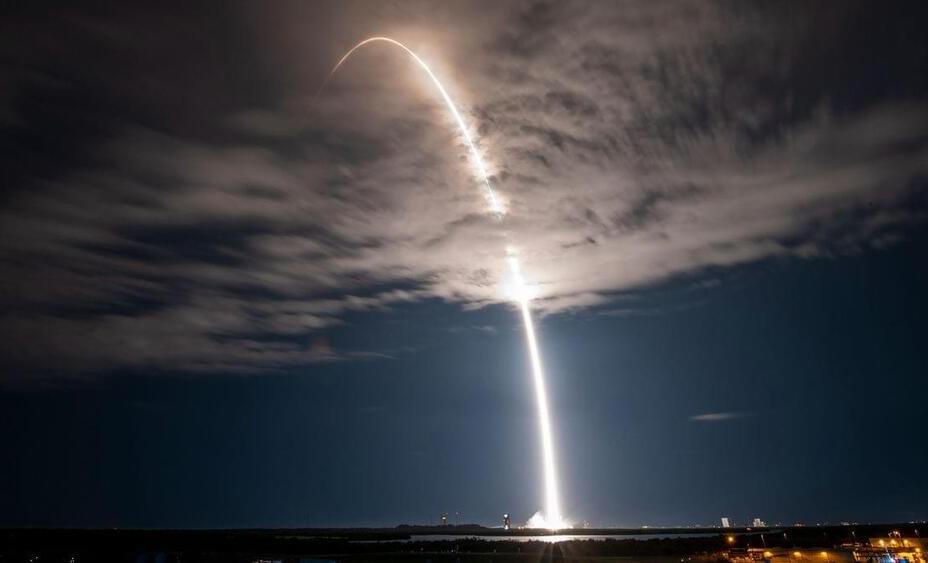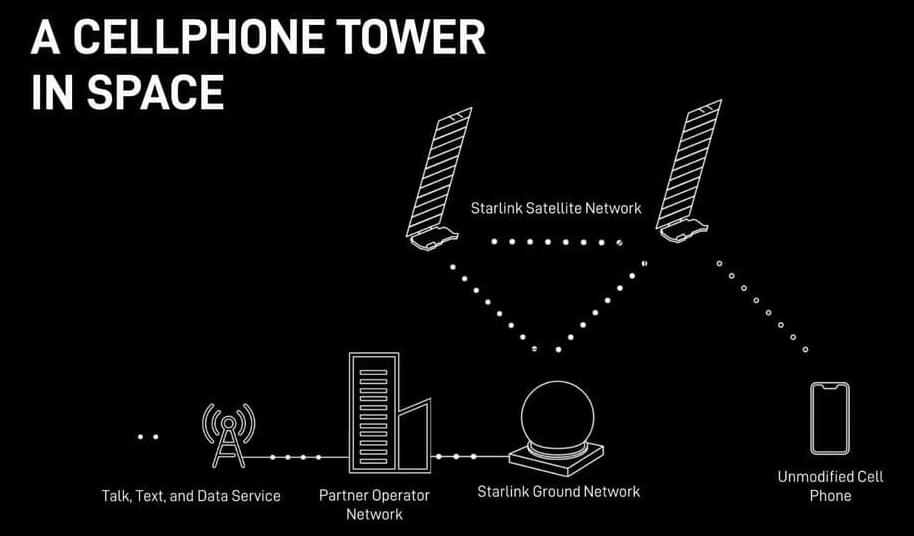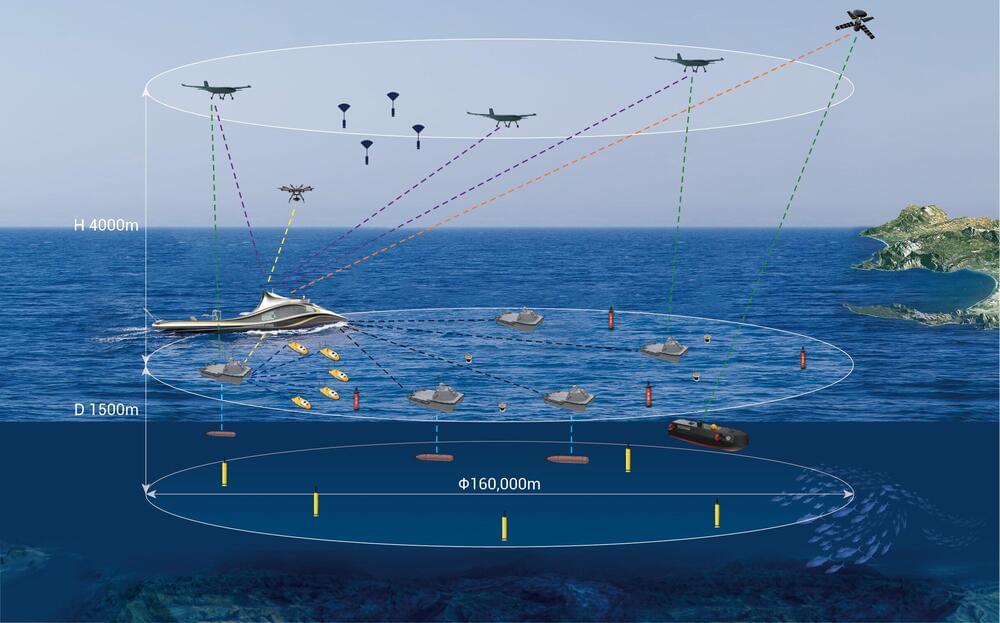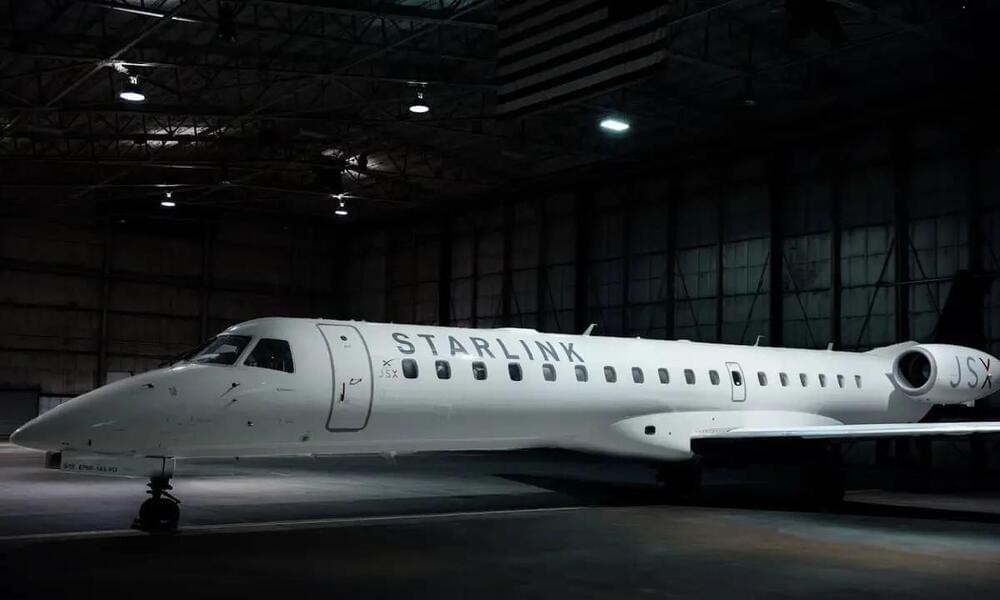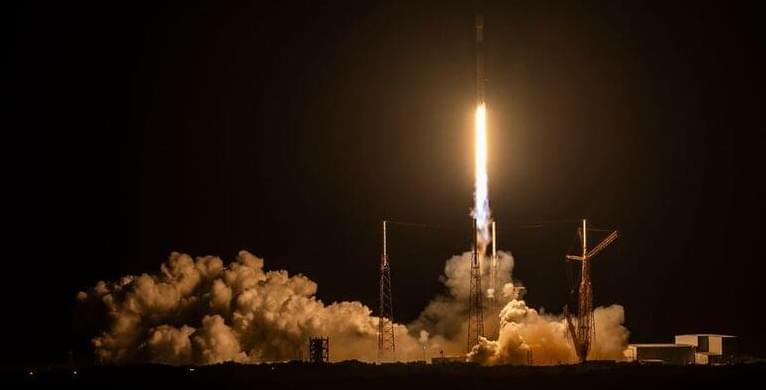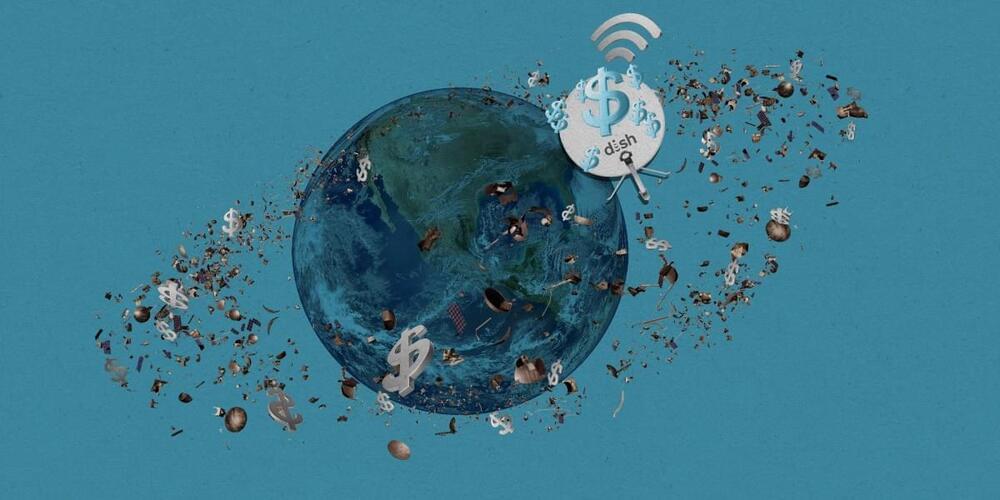SpaceX’s Starlink will be available on most aircraft soon, said Elon Musk. The technology will be available for use by any operator if it is ordered.
Some operators provide an internet connection during airplane flights. However, if you try to use it, you will most likely encounter a problem. The problem with most in-flight internet offerings is speed and connectivity. Airplanes connected to the antenna receive signals from communications towers on the ground as they fly overhead. This limits the availability of internet: it becomes unstable, difficult to connect to, and the actual speed reaches no more than about 10 Mbps. That is why satellite internet can offer a number of benefits, and SpaceX’s Starlink will soon do just that.
Currently, Starlink has a constellation of about 5,000 satellites in low Earth orbit and plans to increase this to 42,000 in the future. This is significantly more than all other companies combined. For example, Viasat, which provides in-flight internet service to JetBlue, United Airlines, and American Airlines, operates a fleet of four satellites, according to The Street.
